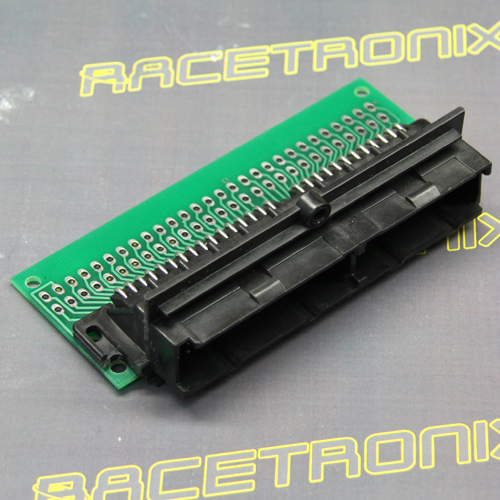
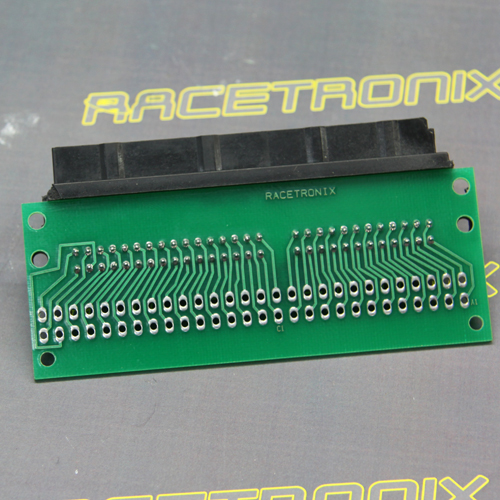
GM TPI and TBI cars and trucks use a 56 pin delphi connector assembly. (two actual connectors) Racetronix and others sell a cheap connector soldered to a board which can be installed in an old GM ECM case using a pair of standoffs. For the Megasquirt we have chosen the Microsquirt MODULE for it's low cost and number of features. It is used in a number of commercial PNP megasquirt ECU's. The purpose of this project is a cheap plug and play Delph56 ECM that retains the factory ECM case for a stock look, and is under $400. EMISSIONS DISCLAIMER: Megasquirt does NOT have out of the box is Emissions logic built in. The Megasquirt does NOT have a special system of beeping 'codes' to you if a fault exists. Such things must be programmed using logical outputs or CAN.
First we start with the Delphi 56 connector from Racetronix. Part # RHCA-001


Next we purchase the Microsquirt Module http://www.microsquirtmodule.com/ from DiyAutotune.
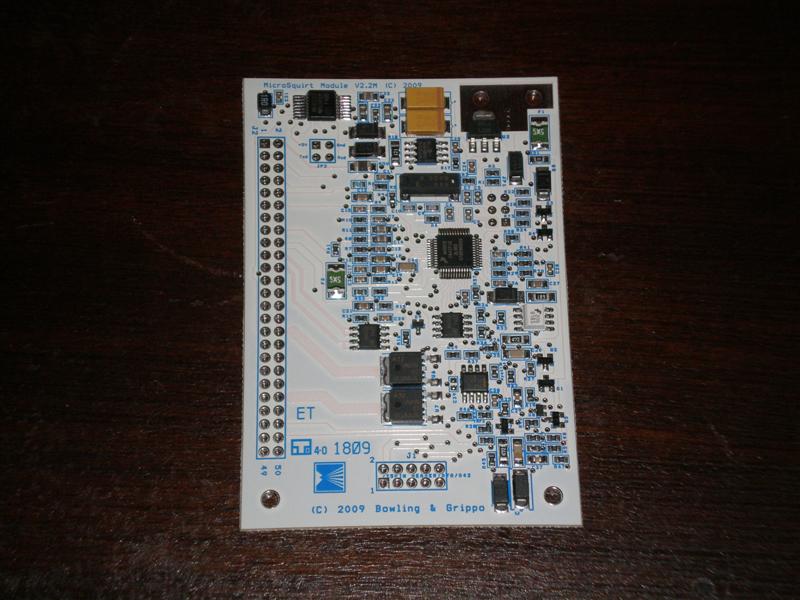
You will need a Tuner cable. Straight thru DB9
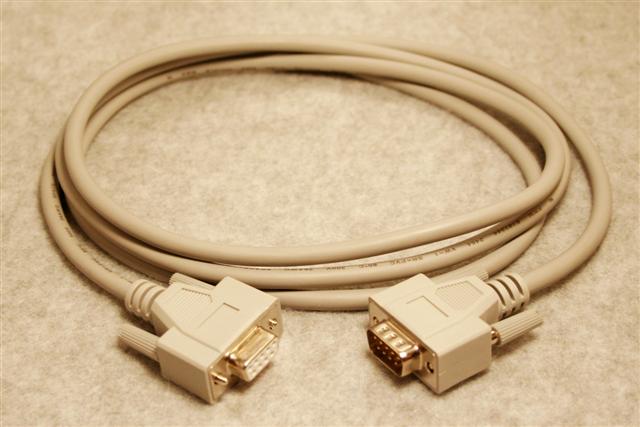
And a surface mount female DB9 connector.
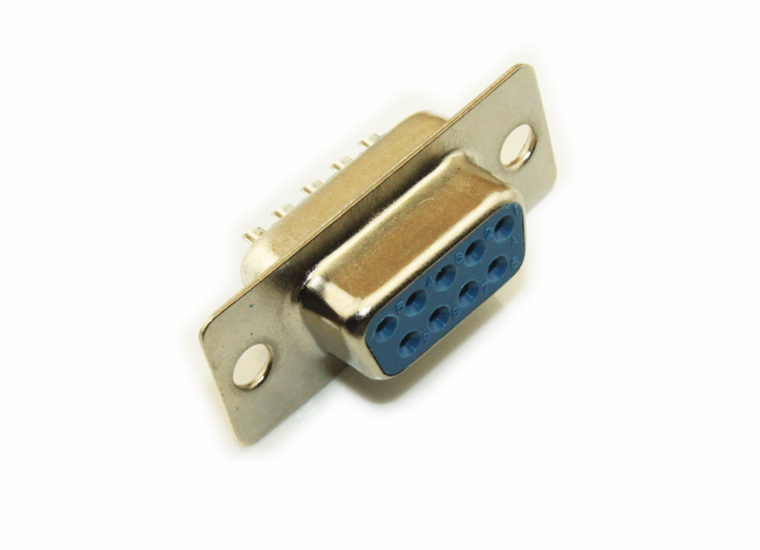
Wiring a 4 wire GM Stepper IAC (Click here)
I purchased TWO microsquirt header kits, mainly because I wanted to use the standoffs in my '747 ECM case. You can also purchase the 4-40 x 7/16" standoffs on ebay and source screws locally.
The following chart is how you need to pin your Microsquirt 2.2 MODULE to the reacetronix adapter board. This is based on a GM 1227165 ECM. I used 22 awg wire for my jumpers. You will want to make sure your injectors, and grounds are 14 gauge. The pins listed as "'165" are the Racetronix module side, and the pins listed as "MS" are the Microsquirt J2 side. The IAC pins come from your IAC board. GM PIN GM Circ Desc MS DESC MS PIN NOTES ---------------------------------------------------------------------------------------------------------------- A1 Fuel pump Relay GRN/WHT Fuel Pump 22 Negative trigger A2 AIR VALVE PORT SOLENOID BRN A3 CANISTER PURGE GREN/YEL A4 EGR SOLENOID GRY A5 SES LIGHT BRN/WHT A6 IGNITION SWITCH PNK/BLK Battery Power 1,2 Splice to boath + IAC adapter A7 TCC Lockup TAN/BLK A8 ALDL Connector DATA orn/WHT A9 ALDL Connector DIAG BLK A10 VSS INPUT BRN A11 MAF GROUND (TERMINAL B) BLK +5 Vref 15 Provide +5v to MAP (SPLICE) A12 SYSTEM GROUND BLK GROUND 37 B1 BATTERY always on ORN B2 Fuel Pump Sense (CONTROL) TAN/WHT B3 DIST REF LO BLK/RED IGN2 (SPARKB) 44 Coil #8 and #5 (purple and green) B4 NOT USED B5 Dist ref HI PURPLE/WHT WLED (SPARKC) 11 Coil #7 and #4 (red and green) B6 VATS (passkey sytem) B7 ESC Module (knock) BLK Spare ADC 1 17 Spare 0-5 volt ADC for knock read B8 A/C INPUT Request GRN ALED (SPARKD) 7 Coil #2 and #3 (red and blue) B9 NOT USED B10 PARK/NEUTRAL (Grounded in Drive) B11 NOT USED B12 MAF INPUT (Terminal C) DRK GRN MAP 3 MAP sensor 0-5 volt ADC C1 Cooling Fan Relay DK GRN/WHT FIDLE 20 Fidle grounded output C2 AIR VALVE CONVERTER SOLENOID BLK/PNK C3 IDLE B LO LT GRN/BLK IAC 1B Connect to IAC adapter module C4 IDLE B HI LT GRN/WHT IAC 1A Connect to IAC adapter module C5 IDLE A HI LT BLU/WHT IAC 2A Connect to IAC adapter module C6 IDLE A LO LT BLU/BLK IAC 2B Connect to IAC adapter module C7 NOT USED C8 4th gear switch Can be used with relay for TCC C9 NOT USED C10 Coolant Temp Sensor YEL Coolant 5 Coolant temp 0-5v C11 NOT USED C12 Manifold Air Temp Sensor TAN MAT 9 Manifold air temp 0-5v C13 Throttle Position Sensor DK BLU TPS 13 TPS signal 0-5v C14 +5 VREF GRY +5 VREF 15 Voltage for 5 volt sensors C15 EGR Diagnostic switch DK GRN I used this for my boost control solenoid C16 BATTERY always on ORN D1 GROUND BLK/WHT Ground 35 Engine block D2 TPS,CTS, MAT Ground BLK Sensor ground 33 Return ground for all 5v sensors D3 SYSTEM GROUND BLK/WHT Ground 39 Engine block D4 EST CONTROL WHITE WHT OptoIn (-) 21 Crank sensor signal. MUST use OptoIn - D5 EST Bypass (TAN/BLK) TAN/BLK IGN1 (SPARKA) 48 Coil #1 and #6 (purple and blue) D6 o2 GROUND TAN Ground 41,43 Engine Block D7 o2 Sensor PPL o2 27 Wideband preffered, 0-5v D8 NOT USED D9 NOT USED D10 SYSTEM GROUND BLK/WHT Ground 49 Engine Block D11 A/C Pressure switch DK BLU I used this for spareADC2 for my second map sensor D12 MAF Burn Off Relay BLK Tach 29 Connect to tach wire D13 NOT USED D14 NOT USED D15 Injectors 1,3,5,7 LT BLU INJ1 24,26,28,30,32 Injector Driver #1 D16 Injectors 2,4,6,8 LT GRN INJ2 34,36,3,40,42 Injector Driver #2 Brown wires from each coil MUST ground to cylinder head. Power wires from each coil MUST go to ignition power. WLED and ALED need a 1k resistor between the pin and vref to pull up the signal. Pin 19 needs to splice to vref to pull up the signal for the crank trigger. The Microsquirt Module has an Opto filter so no resistor is needed. I know the Sloppy mechanics guys use VR1 for the crank trigger on a Microsquirt, but the Microsquirt MODULE is different and you cannot use a hall effect trigger in the VR input (pin 23). So you MUST use pin 21 (OptoIn -). Then you connect 5v from vref through to pin 19 (OptoIn +). 58x wheels are also known as 60-2 because it's a 60 tooth wheel missing 2 teeth. Each tooth is 6 degrees. Tooth #1 should be 78* BTDC. Tunerstudio ignition settings: Spark mode = Toothed wheel Ignition input capture: Falling edge Spark output: Going High Number of coils = Wasted Spark Trigger wheel arrangement = Single wheel Trigger wheel teeth = 60 Missing teeth = 2 Tooth #1 angle = 78 (Check with a timing light, but 78 degrees was dead on for my 2009 LC9) Main wheel speed = Crank wheel MAP SENSOR: Unplug both MAF relays and discard. Remove the MAF plug, and replace it with a MAP sensor plug wiring as follows: MAF PIN C -----> MAP PIN B (SENSOR OUTPUT) MAF PIN B -----> MAP PIN C (+5 vref) MAF PIN A -----> MAP PIN A* MAF PIN A could potentially pick up electrical noise since it is a common ground to D1. You could instead splice MAP PIN A to the sensor ground (D2) leading to the TPS. Do NOT try to do this in the ECM case, as MAF PIN A is spliced to D1 in the wire loom. Fuel pump control is NEGATIVE, not POSITIVE like GM. A second relay MUST be added, or you need to redo the wiring in the harness. I used a small 40 amp relay found in any auto parts store and stuck it inside the ECM case, but later moved it external bypassing the fuel pump / oil pressure circuit. Here is how I wired mine: 30 to Battery (B1 on D56 connector) 87 to FACTORY Fuel Pump relay (A1 on D56 connector) 86 to swiched ignition (A6 on D56 connector) 85 to pin 22 on microsquirt If you have done it properly, on power up, the MS will engergize the relay for 5 seconds. So you will hear CLICK count to 5, CLICK again. This will give you the +12 volts you need on pin A1. Other optional features you may need: Pin 20 in the above chart is used for your cooling fan. It has the same logical control as pin 7 or 11, but can also output a frequency. You can use it for the cooling fan, or some other purpose. Pin 16 is an ADC channel, which takes in a +5 signal. It can be used for a voltage MAF or any other device that gives a 0-5 volt signal. (VSS, GPS, whatever). I used this for my second map sensor. Pin 17 is another ADC channel. The chart above uses it for Knock sensor control. It can be used for any purpose that checks a +5 input just like pin 16. I'm using it for my fuel pressure sensor. EXTRA PINS: Pin 10 is CAN H, and pin 12 is CAN L. These are used to communicate with other devices (Such as a transmission controller, heads up display, etc) using the CAN BUS protocol. If you would like to use these, extend them to some free pins on the D56 connector. Pin 18 is for a FLEX FUEL sensor. Can be used for Nitrous control, Launch control. J1 Pin1 - PA0 Can be used for boost control, launch control, I/O extension. If you are interestd in using it, you need to make a small boost control circuit. I'm using it for electronic boost control. J1 Pin2 - PE1 Table switching. Can be used for manually selecting between street / race / valet tunes.
On the above picture, the yellow board is the IAC circuit. On my car I chose NOT to run a relay inside the case (after running one for ten years) and instead decided to change the factory relay wiring to be a ground-initiated. The small board on the right is my boost control circuit.
Complete closed case with serial port:
Once you have completed assembling the board, you will need to upload the firmware over your serial cable. This is very simple. *** MAKE SURE YOU USE MS2EXTRA CODE *** 1) Download either pre-compiled firmwhare, or compile your own ms extra _us.s19 file 2) Run the MS firmware utility 'ms2loader_win32.exe' 3) Select 'Microsquirt', and your comm port settings 4) Ground pin 8 on the Microsquirt and power up the unit. (bootjumper) 5) Follow the on screen directions. Once firmware is uploaded, power down the unit and remove the ground from pin 8.The latest firmware can be found here
You are now ready to open Tunerstudio and tune.
Boost control circuit you might want
Wiring docs and schematics you might want